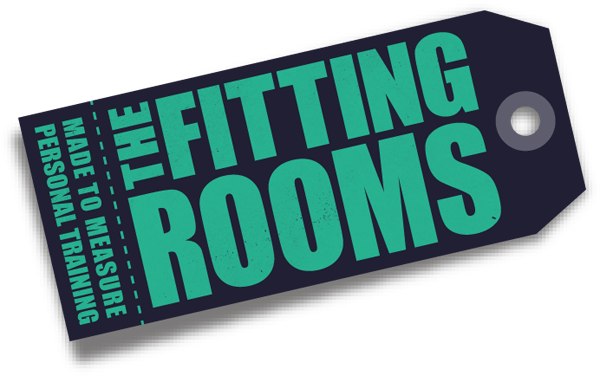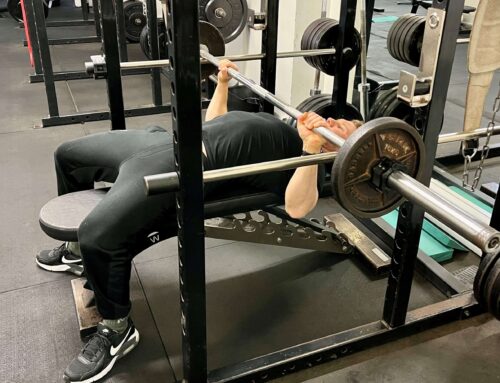How to reduce DOMS…
First things first, what is DOMS?
DOMS stands for Delayed Onset Muscle Soreness. It refers to the muscle pain and stiffness that typically develops a day or two after engaging in exercise, particularly when it’s new or intense. It’s the body’s natural inflammatory response to repair the muscles.
How can I reduce the soreness?
If you’re looking for how to reduce DOMS, here are 5 tips to reduce the intensity and duration of muscle soreness…
1) Gentle Stretching
Gentle stretching before exercise will allow your muscles to warm up and be more pliable during your workout; preventing the likelihood of a strain. Stretching after working out is also important as it will increase the blood flow to the muscles, improving circulation and reducing tightness.
2) Foam Rolling
Foam rolling is a form of self-myofascial release, helping to release tension in muscles. It can enhance mobility by breaking up knots and adhesions in soft tissue, so is great for relieving and preventing DOMS!
3) Hydration
Keeping your body hydrated helps to reduce DOMS by supporting the body’s natural processes. Hydration aids nutrient transport, waste removal, and overall recovery, reducing the intensity and duration of muscle soreness.
4) Good Nutrition
Good nutrition plays a crucial role in managing DOMS by providing essential nutrients for muscle repair and recovery. Adequate protein intake supports muscle tissue repair, while carbohydrates replenish glycogen stores for energy. Anti-inflammatory foods, like fruits and vegetables, can also help reduce inflammation.
5) Adequate Sleep
Sleep is essential for muscle recovery and therefore can help alleviate DOMS. During sleep, the body releases a growth hormone, promoting muscle repair. Quality rest reduces inflammation and supports overall recovery.
Is DOMS a measure of a good workout?
So now you know how to reduce DOMS, the next question is how important is DOMS as a marker of a good workout?
Whilst some people dread DOMS, there are others who are disappointed if they don’t experience it, but it’s important to remember that experiencing DOMS doesn’t indicate the effectiveness of a workout. Factors such as exercise intensity, volume, frequency, and individual fitness levels can influence DOMS. Some people may not experience DOMS even after a challenging workout, while others might experience it even with moderate exercise.
Instead of relying on DOMS as an indicator of workout quality, it’s essential to consider other factors such as progress in strength, technique, endurance, flexibility, and overall fitness goals. Just remember to listen to your body and always prioritise good technique, to reduce the risk of injury and to make continued progression.








Leave A Comment